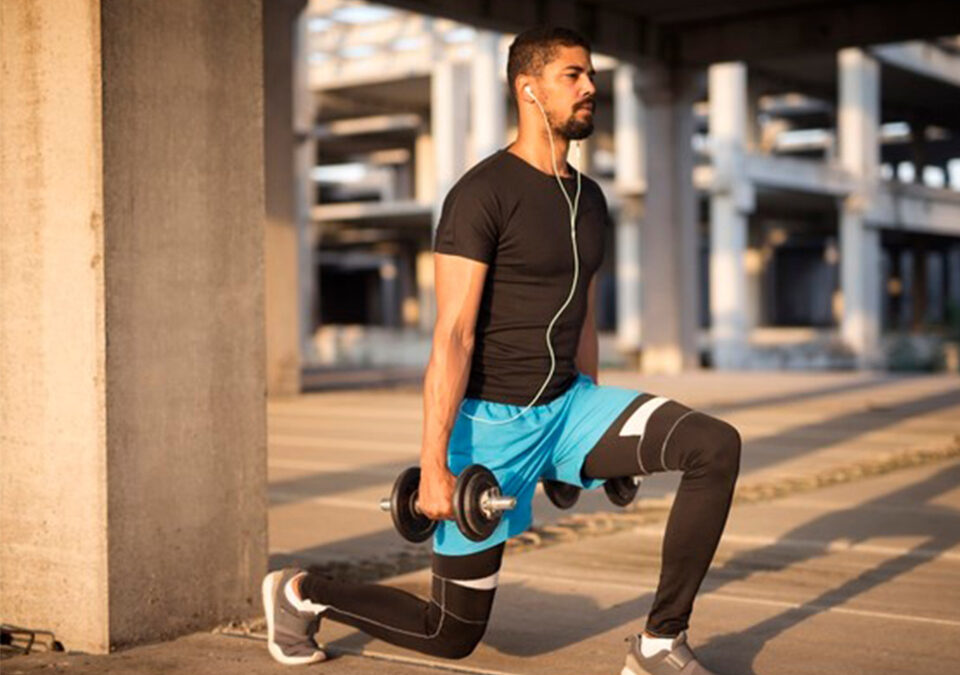
What Is Normal Glucose And How To Manage It?
December 9, 2021
What Is ‘Inverse Vaccine’ And How Is It Beneficial For Diabetics?
December 9, 2021Present recommendations are that individuals with type 1 and type 2 diabetes mellitus need to work out on a regular basis. That said, those who are on insulin or insulin secretagogues (which are oral diabetes pills that cause the pancreas to produce more insulin) to manage their condition are at an increased risk of developing hypoglycaemia, which may be amplified during or after exercise.
Repeated occurrences of hypoglycaemia can blunt the autonomic nervous system, neuroendocrine as well as metabolic defences (which are counter-regulatory responses) against subsequent episodes of hypoglycaemia during exercise. Similarly, antecedent workouts blunt counter-regulatory responses to subsequent hypoglycaemia. This, in turn, can lead to a vicious cycle, wherein each episode of either workouts or hypoglycaemia further blunts out counter-regulatory responses.
Though contemporary insulin therapy cannot completely mimic physiologic alterations in secretion of insulin, those with diabetes have numerous management options to avoid an occurrence of hypoglycaemia during and post exercise, such as regular monitoring of blood sugar levels, reduction in basal and/or bolus insulin, and consumption of supplemental carbohydrates.
Exercise, Diabetes And Hypoglycaemia
Exercise remains the cornerstone for effective prevention and management of diabetes. Exercise helps in promoting and maintaining weight loss, hepatic and peripheral insulin sensitivity, uptake and utilisation of glucose, and overall cardiovascular health.
That said, similar to intensified glucose control, exercise can increase the risk of hypoglycaemia in those with diabetes. Without sufficient reduction of insulin and/or supplementation of carbohydrates, hypoglycaemia that is related to exercise can occur in those with Type 1 diabetes mellitus (T1DM) during, immediately after, and several hours after a single bout of exercise. Recent research has suggested that hypoglycaemia-associated autonomic failure (HAAF) is the contributing cause of the increased risk of hypoglycaemia post exercise.
Fear of the occurrence of hypoglycaemia has been identified as the greatest barrier to physical activity and exercise in those with T1DM, and it is believed that the same holds true for those with type 2 diabetes mellitus (T2DM) who are on insulin or insulin secretagogues.
Given the potential advantages and benefits of exercise and physical activity, it is vital for researchers, healthcare professionals, diabetes educators, and patients to completely understand the risk factors for hypoglycaemia and to develop efficient strategies to avoid detrimental decreases in blood sugar, without having to sacrifice glycaemic control.

Reducing Insulin With Exercise
A common issue that arises in physiologic replacement of insulin (especially in younger or more active individuals with diabetes) is making suitable adjustments to the therapy for increased exercise.
Exercise makes alterations to insulin sensitivity mostly in a biphasic manner by first decreasing its levels and then increasing them during exercise and for several hours afterwards (resulting in delayed hypoglycaemia), while there is an occurrence of repletion of depleted content of glycogen in muscle.
In practical terms, the exercise of moderate intensity for about 30 minutes generally determines a need for a reduction in meal insulin by 50% at the nearest (either before or after) meal. With a greater intensity of exercise, reduction of meal insulin could be around 75% or more. Both intensity and duration of exercise seem to be significant.
Every individual is different, and with repeated, similar workouts one learns to gauge the right reductions and/or the need for intake of snacks through self-monitoring.
For those individuals who use insulin pumps (besides adjusting meal insulin), usage of a temporary base rate that is eventually reduced from 25% to 90% may be required, with the reduction based primarily on the intensity and duration of exercise.
The duration of the temporary basal rate generally extends for several hours beyond the exercise itself into the post-meal exercise phase to avoid hypoglycaemia, which is extremely crucial in avoiding occurrences of nocturnal hypoglycaemia post later afternoon or evening exercise.
When it comes to injected insulin, it is less common to reduce the basal insulin, although occasionally it may be needed with prolonged physical activity, such as all-day hiking or city tours.
On A Final Note:
Intensive insulin therapy, while offering a way to improve glycaemia and reduce the chances of microvascular complications, is often associated with increased occurrences of hypoglycaemia. HAAF or hypoglycaemia-associated autonomic failure seems to be a vital mechanism that is responsible for such an occurrence. In addition, multiple daily injections (MDI) and continuous subcutaneous insulin infusion (CSII), which are two forms of intensive insulin therapy, offer immense flexibility when it comes to insulin dosing and with practice can offer better individualisation of insulin therapy before, during, as well as after exercise to help in preventing exercise-induced hypoglycaemia.




